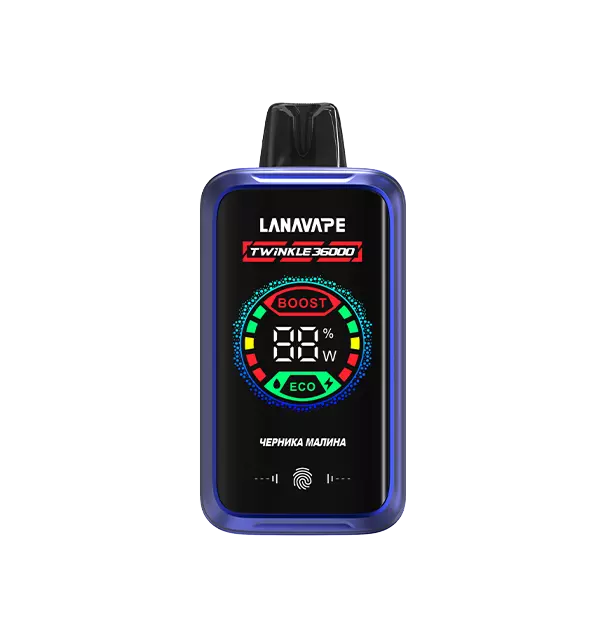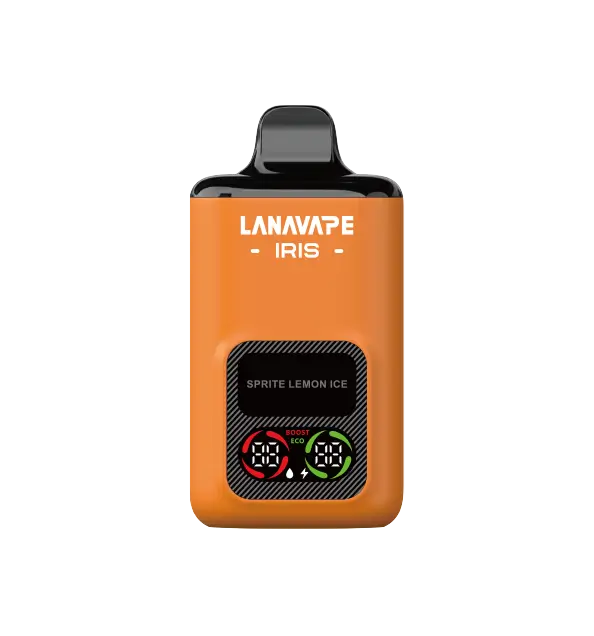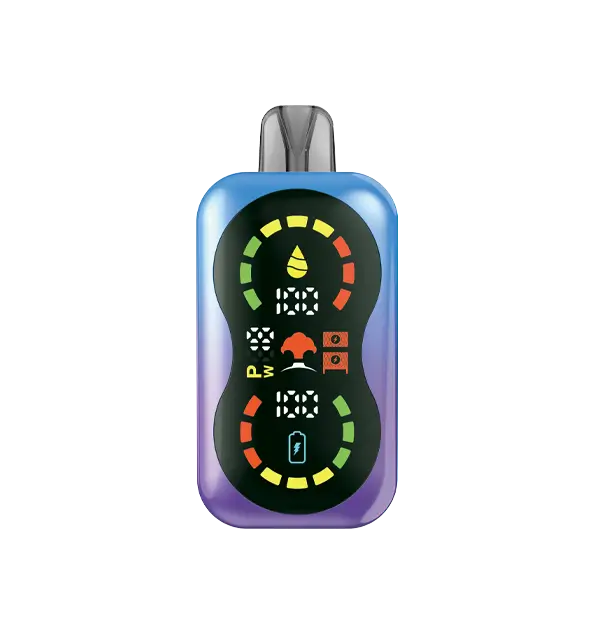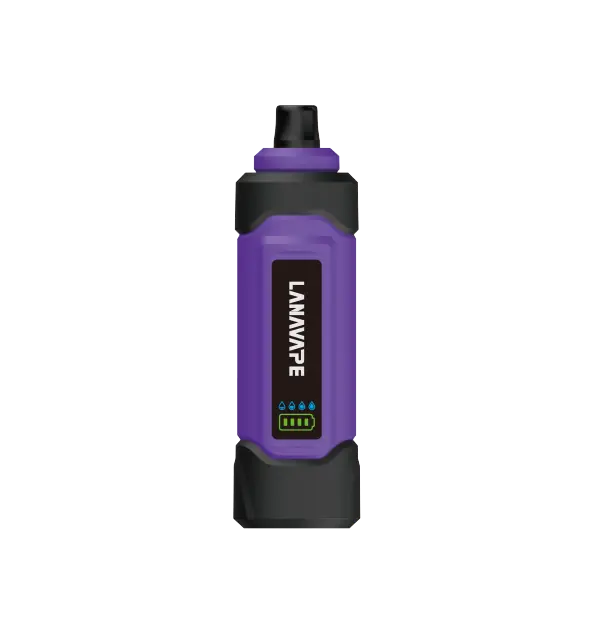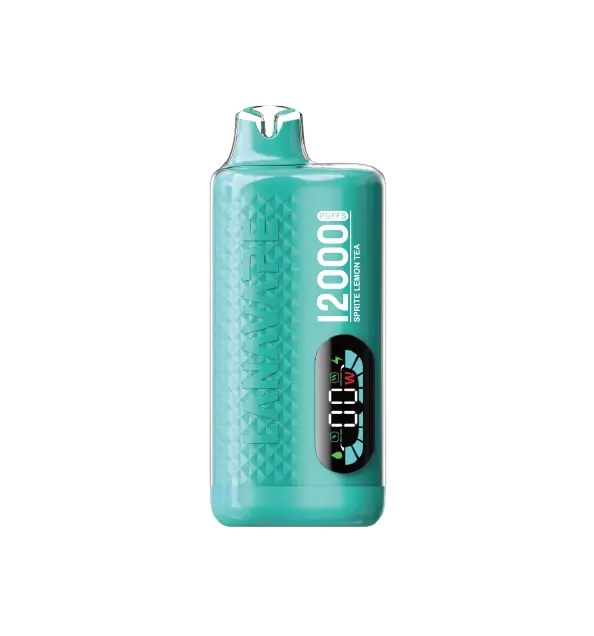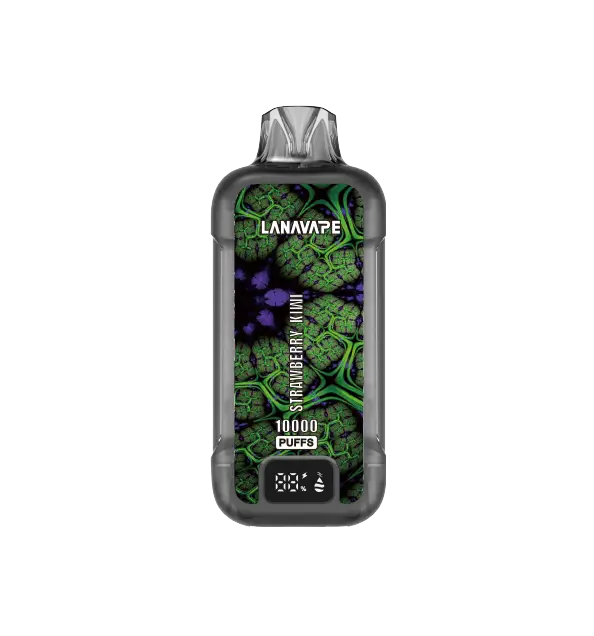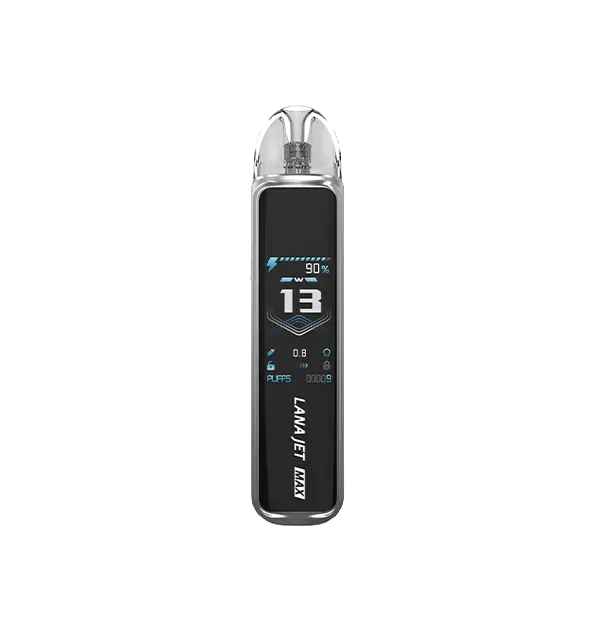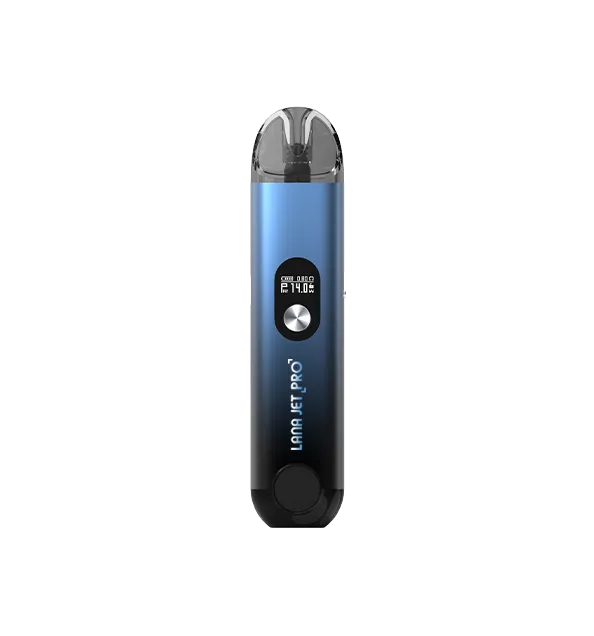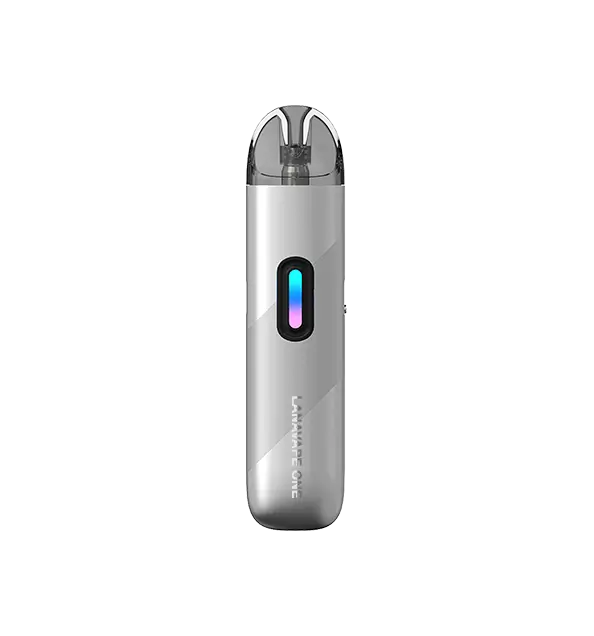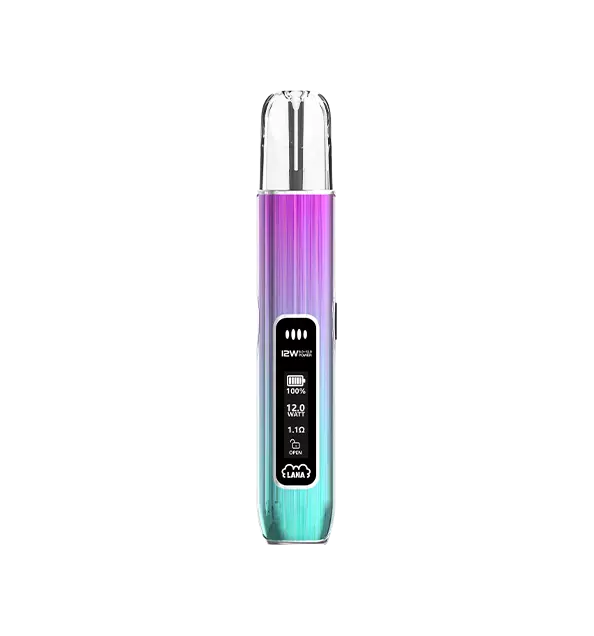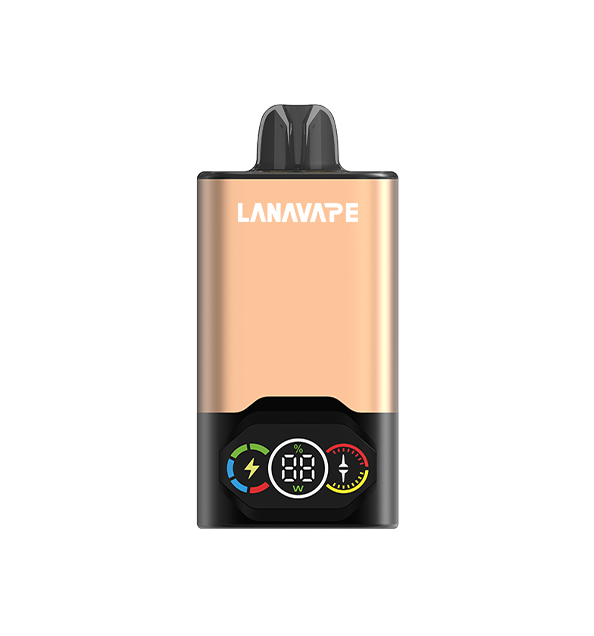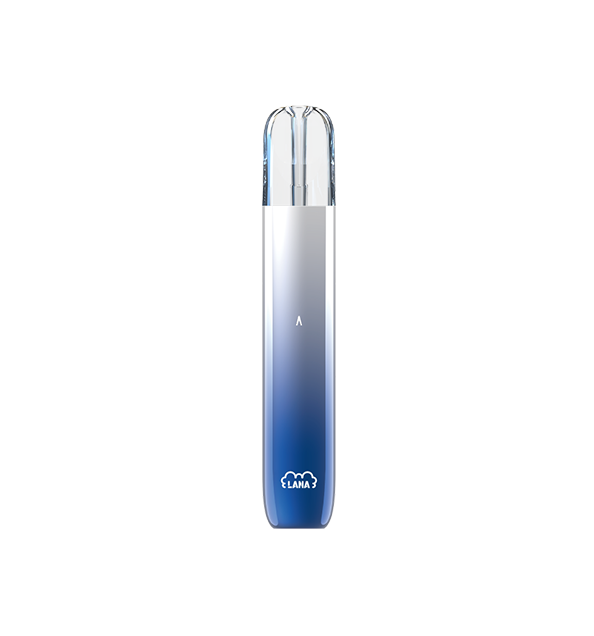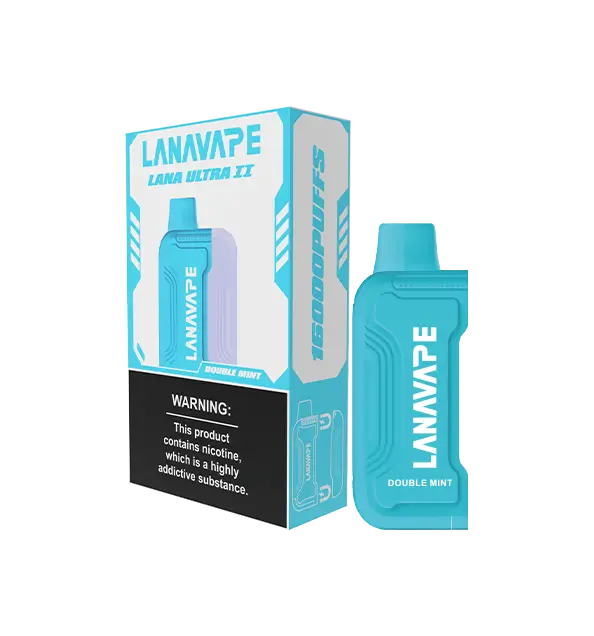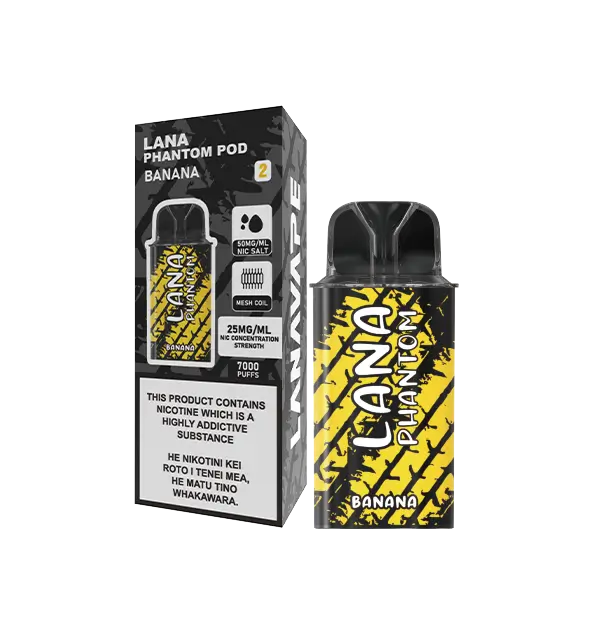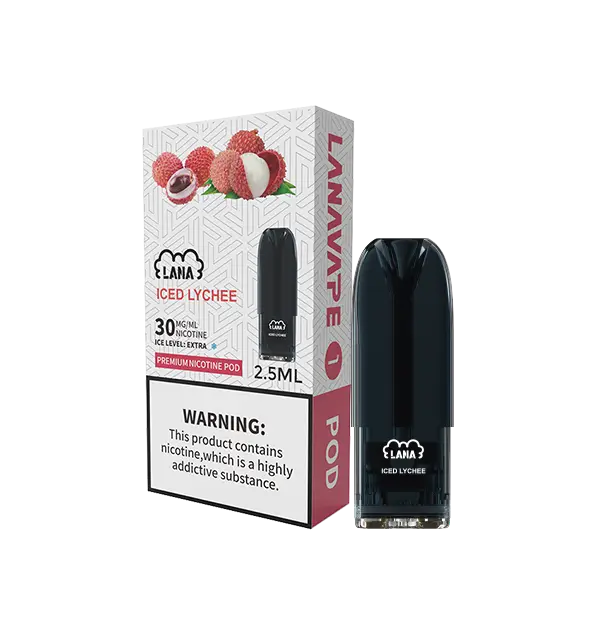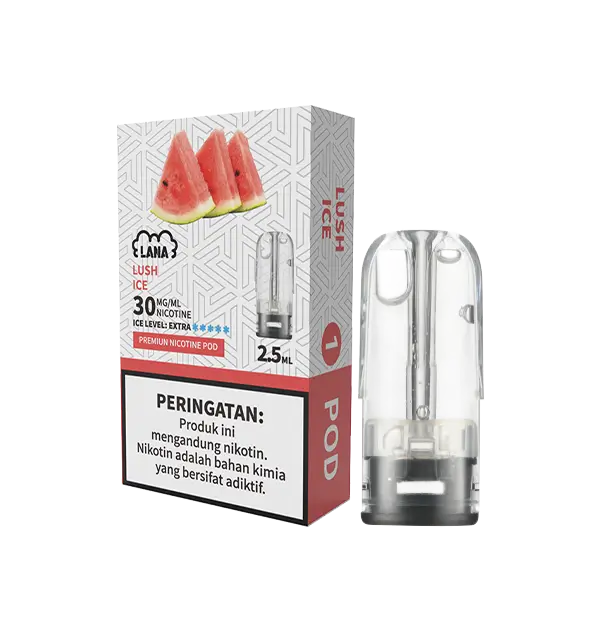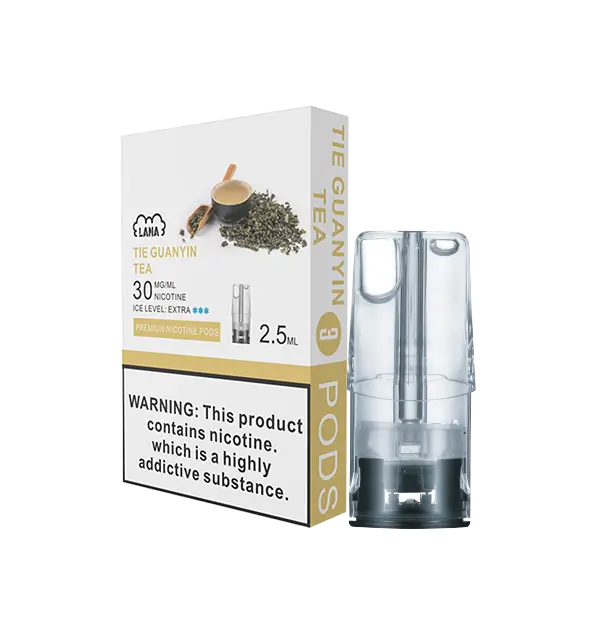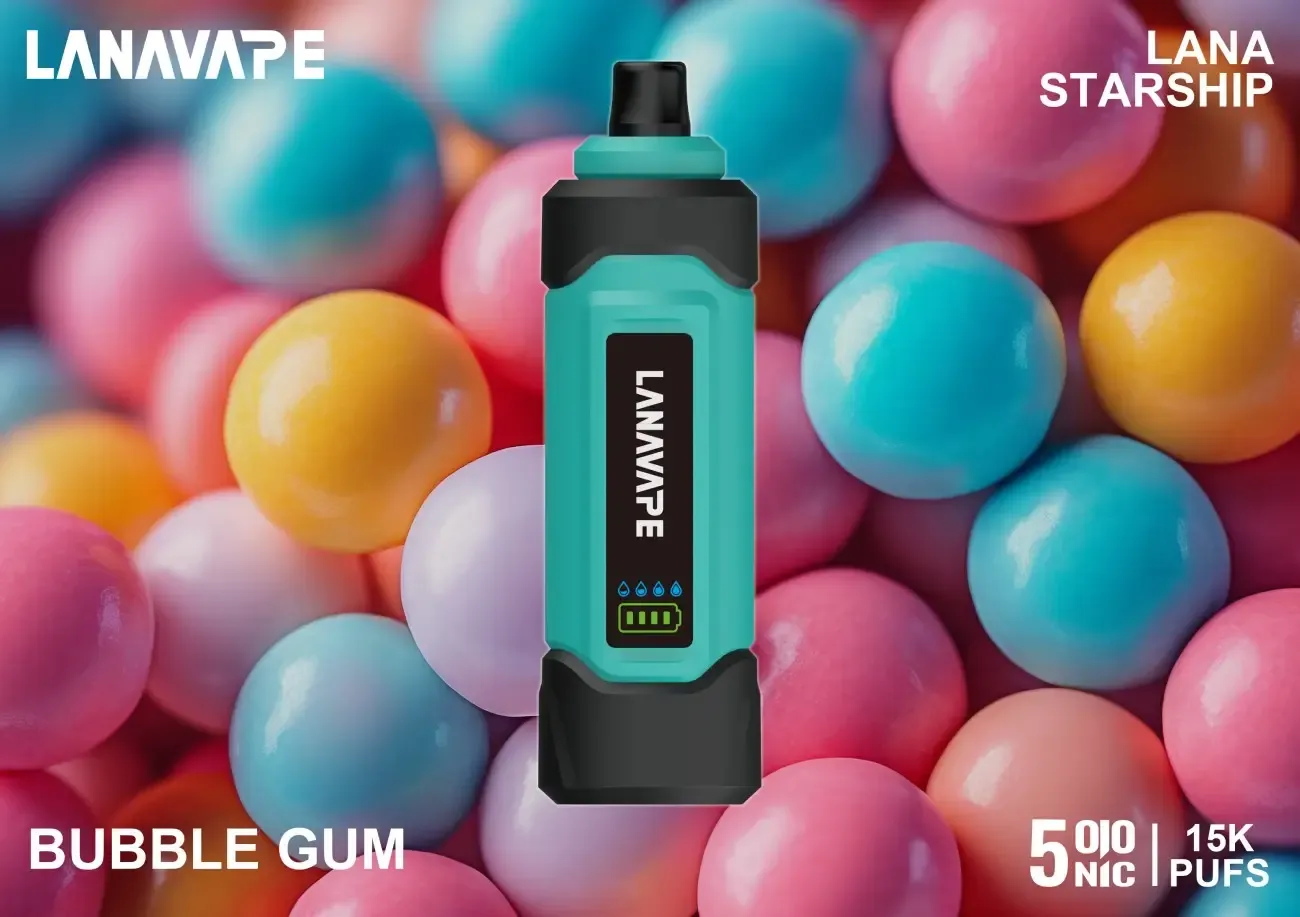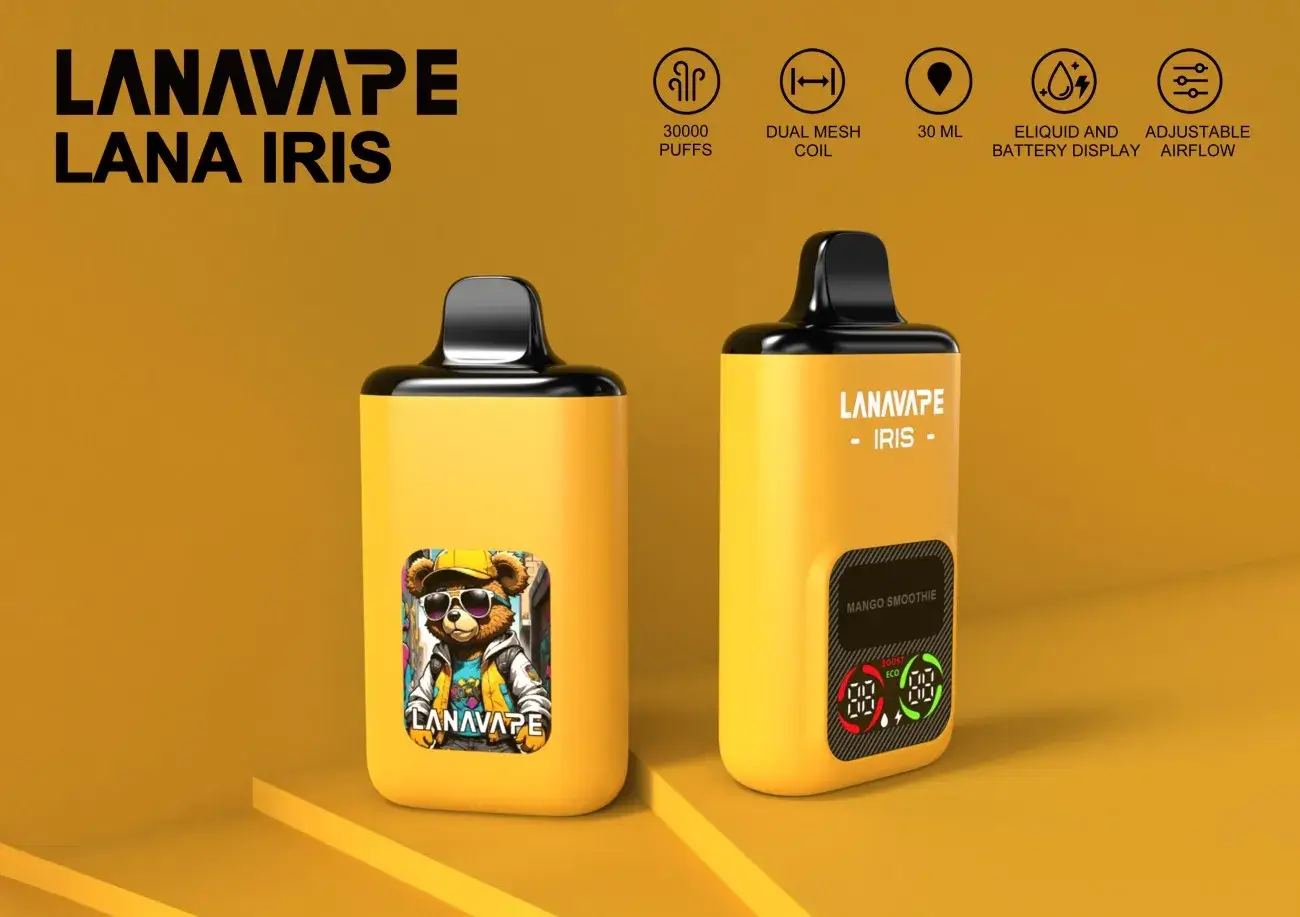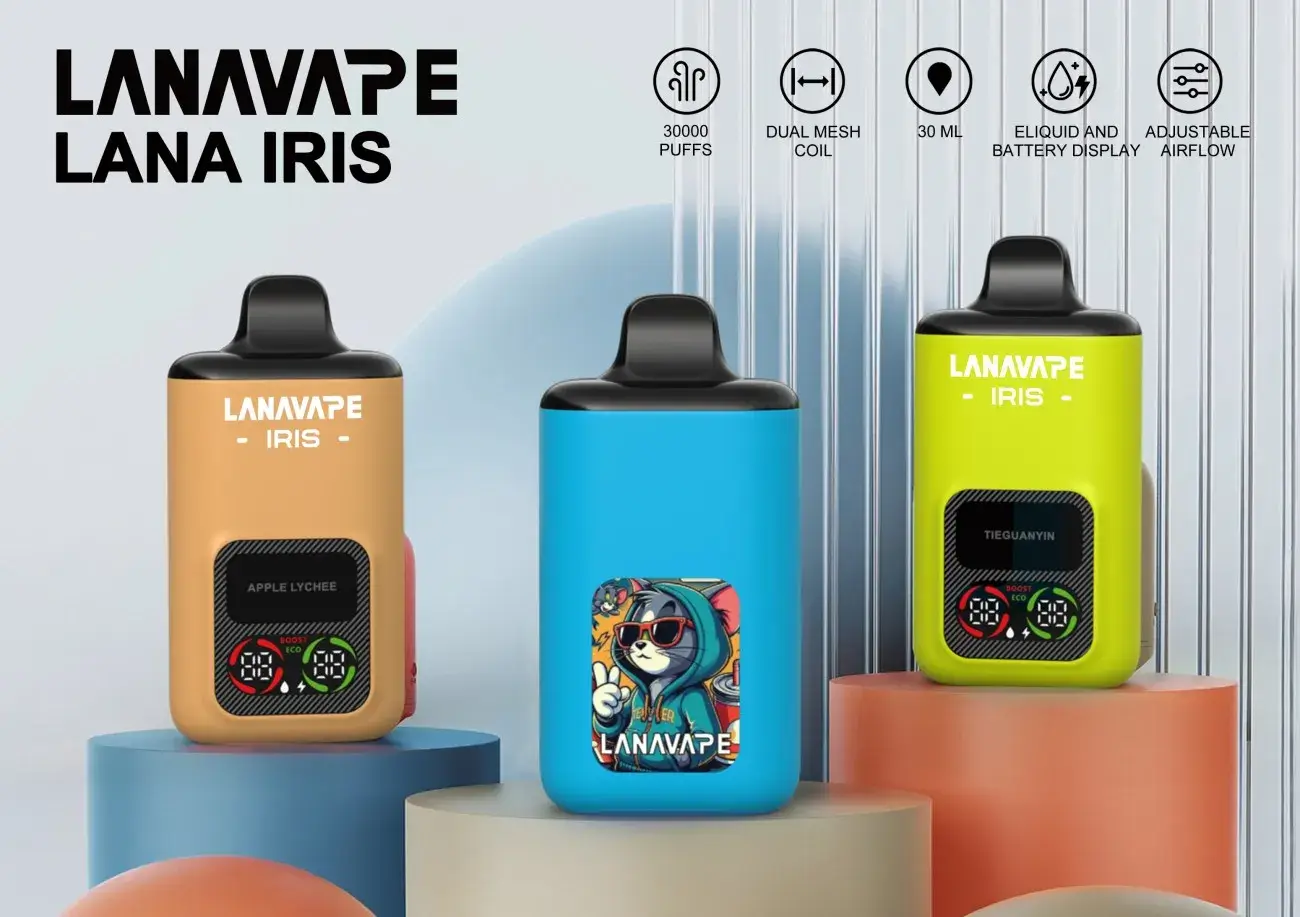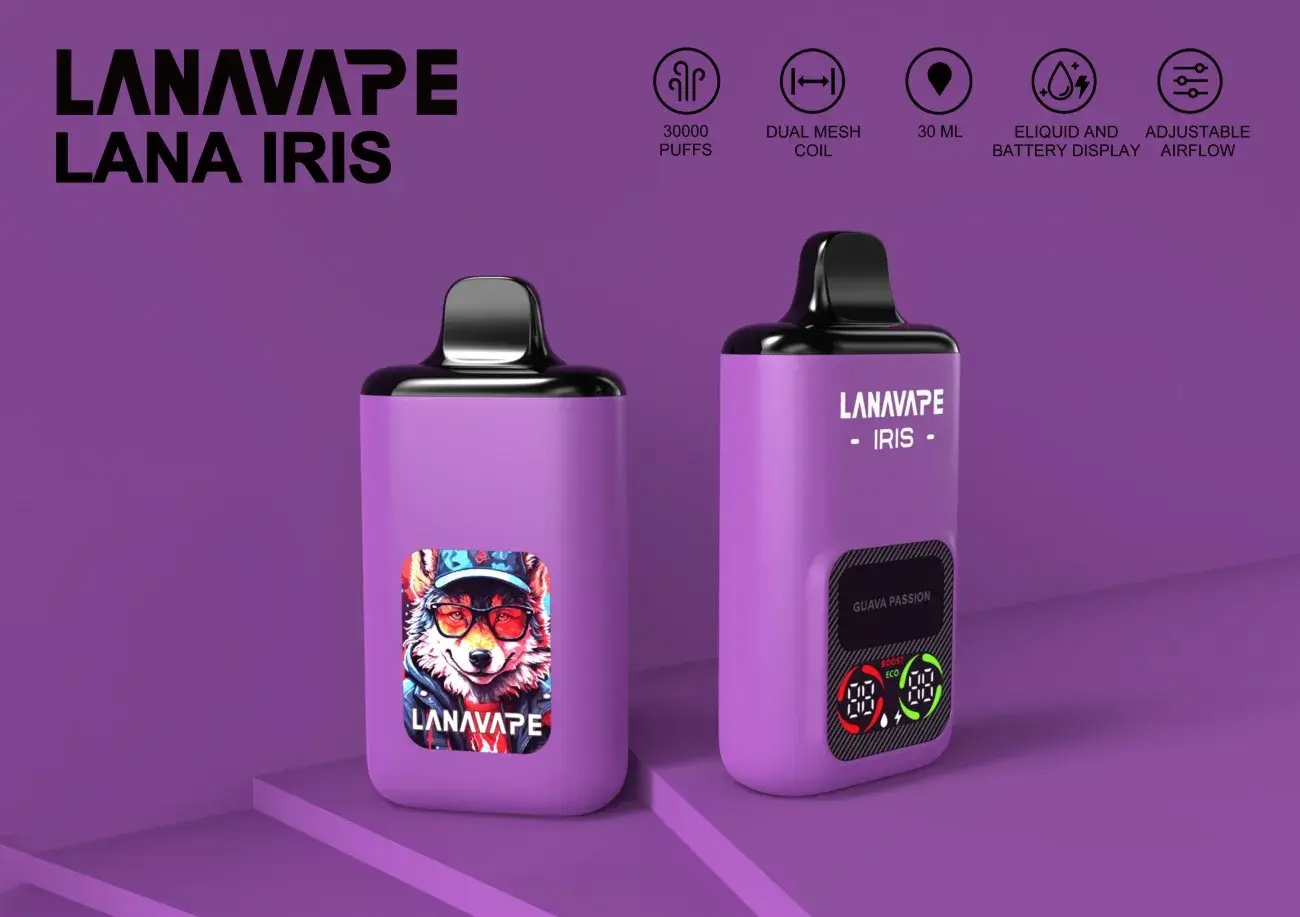
A good battery can make all the difference in the world, but that won’t help you a bit if you don’t know what you’re looking for or what kind of characteristics top 5 18650 batteries have.
Well, that’s where we come in. We’ve scoured pages of batteries searching for the ones that are not only long-lasting and high-draining, but also durable and reliable. Unfortunately,
there are too many vape shops today that exaggerate the capabilities of their batteries and fail to put them through proper testing. If voltage and amperage seem a bit too good to be true,
then chances are they probably are.
Batteries are really more complicated than it might seem at first, but don’t worry. We’re going to lead you through everything you need to know about batteries from start to finish,
and then we’ll show you what we think are the top 5 18650 batteries.
What Are 18650 Batteries & Why Should I Use Them?
18650 batteries are lithium-ion batteries 18mm by 65mm. The capacity of an 18650 cell is understood in terms of milliampere-hours, mAh, and maximum continuous discharge measured in amperes. Slightly larger than AA batteries, 18650’s have been increasingly used in laptops, robots, solar panels, electric vehicles, and, of course, vaporizers. The regular voltage range for 18650 batteries is usually 3.6V-4.2V, and because the cost to manufacture them has dropped dramatically from $10 for a 1500mAh cell to $2 for a 3000mAh battery today, they have grown immensely in popularity, and now about 40% of the world’s batteries are lithium-ion batteries, the 18650 version being the most popular.
What Criteria Matter When Looking for the top 5 18650 batteries?
When purchasing a battery, you’re going to want to pay attention to four critical factors including:
Amperage
Capacity
Voltage
Temperature
Now, like with most things in life, you can’t have it all. You cannot have one battery that provides maximum amperage, capacity, and voltage simultaneously. So, you’re going to have to sacrifice no matter what. Perhaps some time in the hopefully-not-too-distant future we’ll be able to create that perfect battery, but until then, we’ll have to settle with what we have. We are going to go through each of these qualities and describe what each of them mean. So, even if you won’t find the ideal battery, you’ll be able to make informed decisions based on the qualities that you need most.
Amperage
The current, or the amount of energy coursing through the battery, is measured in terms of amperage or amps. If you were to compare the battery to a set of pipes, then the current would represent the flow rate.
This is your power. The higher your current rating, the bigger clouds you can blow, so of course the amount of amps a battery can support is crucial to determining what kind of vaping experience you are going to have. How does this work exactly though? Let’s take a closer look.
Ohm’s Law
If you’ve thought about using a box mod at any point, you’ve probably stumbled across Ohm’s law. If you haven’t come across Ohm’s law yet, you’re going to need to understand it if you want to appreciate the subtle differences between batteries.
Ohm’s law states that I=V/R, or in other words, the current is equal to the voltage divided by the resistance. So, if you have a battery with a voltage of 4.0V and an atomizer with a resistance of 1.0Ω, then you’re going to have a current rating of 4.0A, amperes. Now, if your battery can handle up to 10A, then you should be perfectly fine.
Let’s say we’re sub-ohm vaping though. That changes things. So, if we are using a sub-ohm atomizer, let’s say 0.2Ω with 4.0V, then the current rating goes up to 20A. When you’re dealing with vape pens and basic eGo style devices, you probably aren’t going to go above 10A, but as soon as you start sub-ohm vaping, you change the equation completely. The batteries we have listed below have current ratings of up to 35A, so even if you start adding batteries to your mods and increasing the voltage tremendously, you’ll still be safe.
best 18650 vaping lithium battery guide and tips
Capacity
The capacity of a battery is measured by milliampere-hours, and the capacity of a battery typically ranges anywhere from 280mAh for a simple cig-a-like all the way up to 4000mAh for advanced box mods. This term measures the length of time a battery will last before you need to recharge it.
The capacity tells us specifically how many milliamperes one can draw continuously per hour. A 1500mAh battery will provide 1500 milliamperes per hour, 3000 amperes per half hour, and 750 milliamperes every two hours.
When you see the battery capacity listed on a battery though, it’s going to list two different numbers: the continuous discharge rate and the pulse discharge rate. Though the principle remains the same, a number of companies will try to trick you with these two different numbers. The continuous discharge rate, also known as the maximum continuous discharge, MCD, or maximum continuous current rating, MCC, all refer to the standard rating for discharge–that is, the average milliamperes drawn per hour would you to be vaping continuously. Pulse discharge, on the other hand, represents how many milliamperes are drawn on a single draw. Now, this is misleading, of course, because there is no way to determine how long each draw will be and how much time there is between each one, both factors which greatly affect the calculation. Make sure to only pay attention to the continuous discharge rate as the pulse discharge rate is in no way a reliable measure.
Your vaping habits will evidently determine how long your battery lasts before it needs recharging, For a former pack-a-day smoker, 750mAh should be sufficient to get through the work day as long as the resistance isn’t too low. Moderately-sized vape pens have about 750mAh, electronic cigarettes have between 200mAh and 350mAh, and the numbers just go up from there once you start talking about mods. A sub-ohm mod might have a battery capacity of anywhere from 2000mAh to 4000mAh, but since the resistance is so low, you’ll end up going through it more quickly than you would have otherwise expected.
The Best 18650 Batteries–Can I Have it All?
Now, you may be thinking, alright I’ve got it already. Just give me a battery of 35A with 4000mAh! Well, unfortunately, it doesn’t exactly work that way. As I hinted earlier, there is an inverse relationship between battery capacity and current rating. You can have a high current rating, but it means that you’re going to have to recharge your batteries more often. You can have a battery with a large capacity, but you’re going to have to sacrifice power. In the world of vaping, you cannot, at least not yet, have it all. So, you’re going to have to make a compromise, and we’ll talk about what kind of compromises you can make a little later when we introduce our favorite batteries.
You can think of it this way. Let’s say we have a bottle of wine. The battery capacity represents how large the bottle is. The larger the bottle is, the more wine it can hold. The more wine in the bottle, the longer we can drink. The amperage determines how wide the bottle is and therefore how much wine can come out of it at one time. The larger the neck, the more wine you can gulp down with any one swig. The capacity and current determine how long your battery will last, and so they need to work together. Now, if you have an enormously large bottle, you have to limit how much comes out at any one time. The reverse works as well, if you have a very small bottle, you’re going to want a slightly larger neck because you’re not going to want to be drinking the wine drop by drop. If all the wine in the large bottle came out at once, you’d end up spilling the wine all over the floor, and if you were only able to get wine drop by drop from a small bottle, you’d probably give up and find another bottle. 18650 batteries self-regulate so that they don’t overheat or short-circuit the device.
Voltage
You may have seen mods released recently by companies like SMOK that fire at up to 200 or 300 watts. Wattage represents power, and it is determined by multiplying the strength of the electrical current by the voltage. If we were to relate current and voltage back to our piping analogy, then current would, again, represent the amount of water that can flow through the pipes at any given time, and the voltage would represent the water pressure. Increasing either one would increase the power of the water surging through the pipes because either you increase the amount of water flowing through them or you increase the speed at which the water is moving.
We mention this here because it is significant when evaluating batteries. However, the majority of 18650 batteries including the batteries we are going to show you today all have a voltage range of 3.6V-4.2V.
Temperature
Higher temperatures cause damage to batteries over time. A battery that’s been overheated can vent or even burst, so to ensure safe vaping, it is imperative to find batteries that operate at low temperatures.
A battery has internal resistance, and as the battery ages or becomes damaged, the resistance increases. Typically, the internal resistance of a battery isn’t much higher than 0.02Ω, but nonetheless, as the resistance increases, the battery generates more heat exactly as an atomizer would. As the battery heats up in response to the increased resistance, the resistance increases further leading to a self-perpetuating cycle. When a battery gets too hot, a vent opens up to release some of the pressure. In this case, the battery is severely damaged and should be disposed of immediately.
Any battery that runs for a very long time on high voltage needs to run on low temperatures to compensate. You can try to make sure to use higher resistance coils or take shorter draws on your vaporizer to prevent the device from overheating, but to be safe, you should always make sure the batteries run on low temperatures in the first place.
What Kinds of Batteries are There? The Four Categories for the Top 5 18650 Batteries
Okay, now that we’ve been through all of the technical material, we can begin talking about the actual batteries–what you’ve all been waiting for. We’ve divided 18650 batteries into four categories, and we’ve given you a couple of our favorites for each one. First though, we have given you a key so that you can interpret the code written on the batteries:
I-Lithium-ion
C-Positive Ion is Cobalt
N-Positive Ion is Nickel
M-Positive Ion is Manganese
F-Positive Ion is Iron
R-Round
F-Flat
Top 5 18650 Batteries:
We’ve organized our batteries according to their capacity, and so here you can see batteries with capacities of 2000mAh, 2500mAh, 3000mAh, and 3500mAh. Now there are obviously batteries with capacities of 1500mAh and below, but we thought we’d stick with the strongest batteries, and we’ve listed the stronger batteries first. Any battery with a capacity below 1500mAh really isn’t going to be strong enough for anything besides a simple vape pen. The batteries you have here are truly some of the best you will find.
You’ll notice that we have only included batteries from Sony, Samsung, and LG. There are a couple of other reputable companies on the market like Panasonic and Aspire, which produce 18650 batteries. However, batteries that claim to have 50A and 4000mAh are what we refer to as rewrap batteries. Typically, a company like Samsung will put their batteries through a series of tests to check for quality control, and they’ll sell any weak batteries to other companies. These companies will rewrap the batteries and stamp them with their own logo. Then they’ll exaggerate the voltage, capacity or current in order to maximize their profit margins. So, customers end up wearing down their batteries and damaging them quickly. We here at E-Cig Brands don’t trust rewrapped batteries, and so we advise our readers to only purchase batteries from reputable companies like the ones listed here. Alright already, enough gabbing. What are the top 5 18650 batteries!

